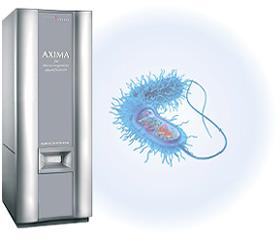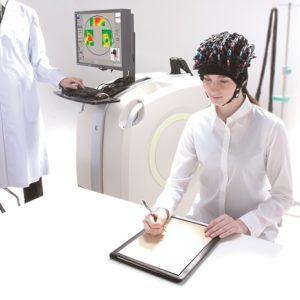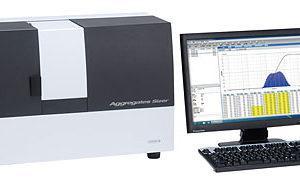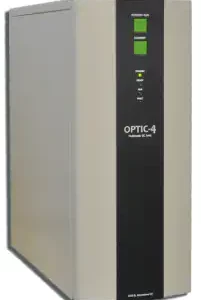Система идентификации микроорганизмов
Идентификация микроорганизмов за 2 минуты
Описание
Система идентификации микроорганизмов AXIMA предназначена для проведения биологических исследований в фармацевтической, пищевой, научной, энергетической, экологической, клинической областях и в области здравоохранения.
Области применения
Пищевая промышленность: анализ присутствия нежелательных микроорганизмов на ранних стадиях производства.
Создание комплексных древовидных диаграмм микроорганизмов окружающей среды
Выявление новых эффективных микроорганизмов при поиске новых лекарств
Стандартизация микробиологических коллекций: быстрое сравнение и классификация штаммов из различных изолятов;
Мониторинг микроорганизмов и инфекционных бактерий в клинических областях
Фундаментальные научные исследования
Всего три шага от пробоподготовки до идентификации
Пробоподготовка
Prepare a microorganism colony (or culture fluid).
No prior gram staining or morphological evaluation is required. No specialized experience or background knowledge about microorganisms is required. Analysis is possible with a few micrograms of sample containing approximately 105 bacteria. As a single colony can be analyzed, colonies derived from multiple bacterial strains on the agar medium do not hinder analysis.
Step 1
Apply the collected bacteria sample and matrix reagent to a special MALDI plate.
The basic sample preparation method is extremely simple: just mix the bacteria sample and matrix reagent on the MALDI plate*1.
The disposable MALDI plates simplifies handling. You can choose from the preexisting optimal sample preparation methods (protocols) according to your needs.
Step 2
Measure using MALDI-TOF MS. The unique mass spectrum for the bacterial species is rapidly obtained.
Measurements are conducted automatically, using existing methods. No mass spectrometry experience is required. It is not necessary to check each mass spectrum.
Step 3
Check the acquired mass spectrum against the spectrum databases registered in the analysis software to classify and identify the microorganism.
The entire sequence of operations from database searching to displaying the identification results is automated. No parameter adjustments are required.
The reliable databases provide powerful support for microorganism identification.
Unrivalled comprehensive microorganism database (option)
Fully validated spectrum database
SuperSpectra™ Number of registered mass spectra*2: 2,000 min.
SuperSpectra™ contains peak groups that can act as markers to offer stable detection of commonly detected bacterial species under multiple conditions. These marker peak groups are extracted from at least 15 mass spectra for each microorganism strain that are obtained at multiple laboratories under many measurement conditions. It produces reliable identification results under most conditions.
The identification of microorganisms by MALDI-TOF MS previously suffered from problems with mass-spectrum reproducibility. However, SuperSpectra™ overcomes these problems to significantly reduce errors during the identification of the microorganisms. SuperSpectra™ and other databases contain approximately 40,000 mass spectra. Databases can be supplied even for rarely detected bacterial species.
Database customization to support all fields (option)
It is easy to register a new microorganism in the database. Operations to extract the peak groups that can act as markers from multiple mass spectra are simple and intuitive. This allows the user to rapidly develop a high-quality database.
*1 Always inactivate infectious or possibly infectious samples before handling.
*2 The total number of mass spectra may change due to database optimization.
This page may contain references to products that are not available in your country.
Please contact us to check the availability of these products in your country.





